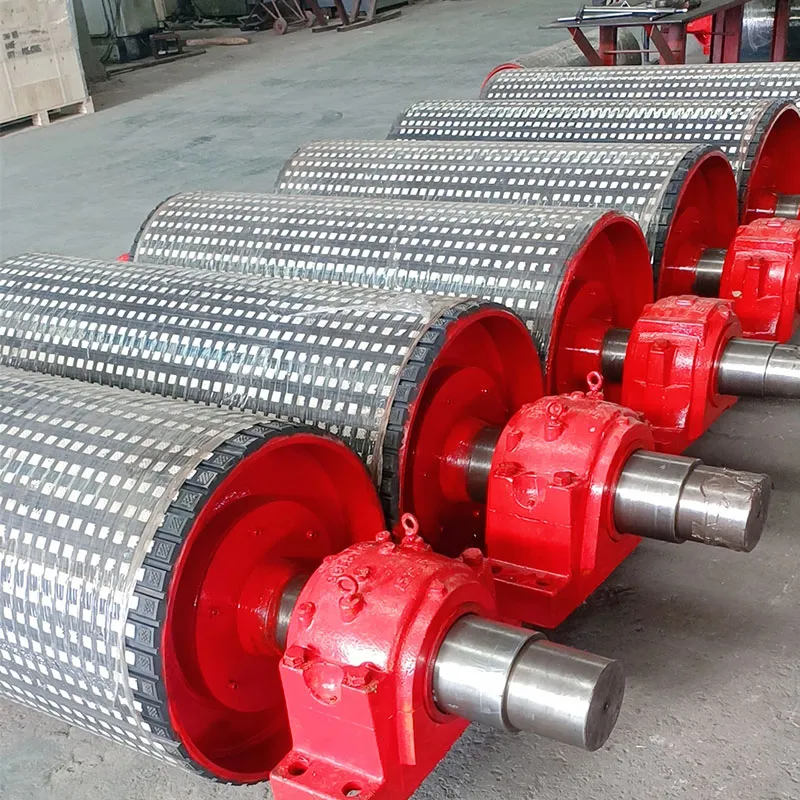 Afrikaans
Afrikaans  Albanian
Albanian  Amharic
Amharic  Arabic
Arabic  Armenian
Armenian  Azerbaijani
Azerbaijani  Basque
Basque  Belarusian
Belarusian  Bengali
Bengali  Bosnian
Bosnian  Bulgarian
Bulgarian  Catalan
Catalan  Cebuano
Cebuano  Corsican
Corsican  Croatian
Croatian  Czech
Czech  Danish
Danish  Dutch
Dutch  English
English  Esperanto
Esperanto  Estonian
Estonian  Finnish
Finnish  French
French  Frisian
Frisian  Galician
Galician  Georgian
Georgian  German
German  Greek
Greek  Gujarati
Gujarati  Haitian Creole
Haitian Creole  hausa
hausa  hawaiian
hawaiian  Hebrew
Hebrew  Hindi
Hindi  Miao
Miao  Hungarian
Hungarian  Icelandic
Icelandic  igbo
igbo  Indonesian
Indonesian  irish
irish  Italian
Italian  Japanese
Japanese  Javanese
Javanese  Kannada
Kannada  kazakh
kazakh  Khmer
Khmer  Rwandese
Rwandese  Korean
Korean  Kurdish
Kurdish  Kyrgyz
Kyrgyz  Lao
Lao  Latin
Latin  Latvian
Latvian  Lithuanian
Lithuanian  Luxembourgish
Luxembourgish  Macedonian
Macedonian  Malgashi
Malgashi  Malay
Malay  Malayalam
Malayalam  Maltese
Maltese  Maori
Maori  Marathi
Marathi  Mongolian
Mongolian  Myanmar
Myanmar  Nepali
Nepali  Norwegian
Norwegian  Norwegian
Norwegian  Occitan
Occitan  Pashto
Pashto  Persian
Persian  Polish
Polish  Portuguese
Portuguese  Punjabi
Punjabi  Romanian
Romanian  Russian
Russian  Samoan
Samoan  Scottish Gaelic
Scottish Gaelic  Serbian
Serbian  Sesotho
Sesotho  Shona
Shona  Sindhi
Sindhi  Sinhala
Sinhala  Slovak
Slovak  Slovenian
Slovenian  Somali
Somali  Spanish
Spanish  Sundanese
Sundanese  Swahili
Swahili  Swedish
Swedish  Tagalog
Tagalog  Tajik
Tajik  Tamil
Tamil  Tatar
Tatar  Telugu
Telugu  Thai
Thai  Turkish
Turkish  Turkmen
Turkmen  Ukrainian
Ukrainian  Urdu
Urdu  Uighur
Uighur  Uzbek
Uzbek  Vietnamese
Vietnamese  Welsh
Welsh  Bantu
Bantu  Yiddish
Yiddish  Yoruba
Yoruba  Zulu
Zulu Hot Vulcanized Pulley Lagging for Enhanced Performance and Durability in Conveyor Systems
Understanding Hot Vulcanized Pulley Lagging Importance and Benefits
In industrial operations, maintaining equipment efficiency and longevity is paramount. One critical component within many conveyor systems is the pulley. At the heart of optimizing pulley performance is a process known as hot vulcanized lagging. This technique is essential for enhancing the durability and effectiveness of pulleys in various applications, including mining, manufacturing, and bulk material handling.
What is Hot Vulcanized Lagging?
Hot vulcanized lagging is a protective layer applied to the surface of pulleys. This process involves bonding a rubber material to the metal surface of the pulley using heat and pressure, creating a strong and resilient interface. The rubber used in lagging typically comprises natural and synthetic compounds, specifically designed to withstand harsh operating conditions, including abrasion, heat, and chemicals.
Why is Lagging Important?
Lagging serves multiple purposes
1. Traction Improvement One of the primary functions of pulley lagging is to enhance traction between the belt and the pulley. This improved grip reduces slippage, ensuring that the conveyor belt runs smoothly and efficiently. A well-lagged pulley can significantly minimize energy loss, leading to lower operational costs.
2. Wear Protection The lagging layer protects the pulley from wear and tear associated with continuous contact with metal and heavy materials. Over time, without proper lagging, the pulley's surface can degrade, leading to costly repairs and potential downtime.
3. Noise Reduction The rubber material used in hot vulcanized lagging also acts as a dampener, reducing noise produced during operation. This is particularly beneficial in environments where noise pollution regulations must be adhered to and for creating a more comfortable working atmosphere.
4. Impact Resistance In operations involving heavy loads, pulleys can be subject to significant impacts. Hot vulcanized lagging provides a cushioning effect, absorbing part of the shock and protecting the underlying metal pulley from damage.
hot vulcanized pulley lagging

5. Chemical Resistance The formulation of the rubber used in lagging can be tailored to resist various chemicals and oils, making it suitable for diverse industrial environments. This resistance helps maintain the integrity and performance of the pulley over time.
The Hot Vulcanization Process
The hot vulcanization process involves several steps
1. Surface Preparation Before applying the lagging, the pulley surface is thoroughly cleaned and prepared to ensure proper bonding.
2. Application of Rubber A rubber sheet, usually pre-cut to size, is positioned on the pulley.
3. Heat and Pressure Treatment The pulley and rubber are placed in a press where heat and pressure are applied. This combination activates the curing agents in the rubber, forming a strong, durable bond with the pulley.
4. Cooling and Inspection After the vulcanization process, the pulley is cooled and inspected for quality assurance. This ensures that the lagging is applied correctly and will perform optimally.
Conclusion
Hot vulcanized pulley lagging is an essential practice in prolonging the life of pulleys and enhancing the efficiency of conveyor systems. With its ability to improve traction, reduce noise, and withstand harsh conditions, lagging is indispensable in various industrial applications. Investing in hot vulcanized lagging not only optimizes pulley performance but also contributes to significant long-term cost savings, making it a vital part of any maintenance strategy. As industries continue to evolve, the importance of technologies such as hot vulcanized lagging will remain critical in ensuring smooth and efficient operations.
-
Revolutionizing Conveyor Reliability with Advanced Rubber Lagging PulleysNewsJul.22,2025
-
Powering Precision and Durability with Expert Manufacturers of Conveyor ComponentsNewsJul.22,2025
-
Optimizing Conveyor Systems with Advanced Conveyor AccessoriesNewsJul.22,2025
-
Maximize Conveyor Efficiency with Quality Conveyor Idler PulleysNewsJul.22,2025
-
Future-Proof Your Conveyor System with High-Performance Polyurethane RollerNewsJul.22,2025
-
Driving Efficiency Forward with Quality Idlers and RollersNewsJul.22,2025





























